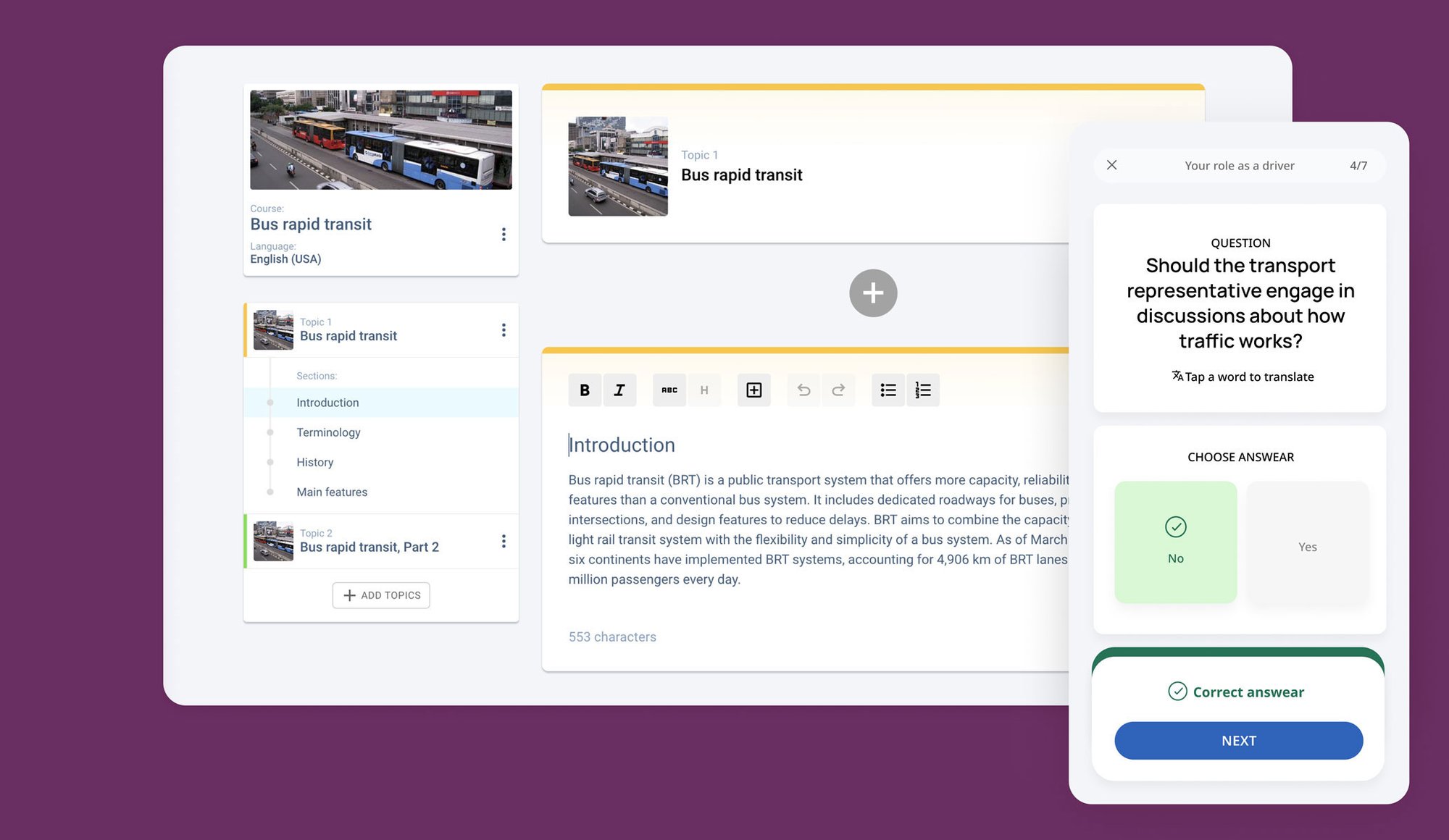Strategies to reconnect with disengaged employees
Now that we have explored the causes and signs of disengagement let's explore practical strategies for reconnecting with disengaged employees. Following these step-by-step approaches, you, as a manager, can actively involve your team members and reignite their passion for their work.
1. Benchmarking engagement levels
Begin by benchmarking your team's current engagement levels. This can be done through surveys, focus groups, or one-on-one discussions. By gaining insights into your team's engagement, you can identify areas for improvement and establish a baseline for measuring progress. Remember to maintain confidentiality during this process and encourage open and honest feedback from your employees. Their input is invaluable in shaping future engagement strategies.
2. Cultivating open dialogue
Communication is a vital component of employee engagement. Foster an environment of open dialogue where employees feel comfortable expressing their ideas, concerns, and suggestions. Actively listen to their feedback and address any issues or obstacles they may face.
Regular team meetings, one-on-one conversations, and anonymous suggestion boxes can all serve as channels for open communication. Involving your team members in decision-making processes and valuing their input can create a sense of ownership and engagement.
3. Implementing feedback action plans
Feedback plays a crucial role in employee development and engagement. Implement regular feedback sessions to provide constructive feedback on individual performance and acknowledge their strengths. Additionally, employees should be encouraged to share feedback on their work environment and processes.
Develop action plans based on the feedback received and track the person's progress over time. This shows that you value their input and are committed to positive organisational change.
4. Clarifying roles and expectations
Disengagement can arise from a need for more clarity surrounding roles and expectations in a new job. Ensure that your employees clearly understand their responsibilities, objectives, and how their work contributes to the organisation's overall goals.
Discuss job descriptions, performance expectations, and career progression opportunities with your team members. This clarity gives the organisation a sense of purpose and direction, helping employees stay engaged and motivated.
5. Leveraging individual strengths
Every employee possesses unique skills and strengths. Recognise and leverage these strengths by assigning tasks and projects that align with their abilities. This enhances employee satisfaction and promotes a sense of accomplishment and engagement.
Encourage continuous learning and development opportunities that build upon employees' existing strengths. By leveraging their skills, you, as employers, can create a win-win situation where employees are engaged, and the organisation benefits from their expertise.
6. Innovating engagement techniques
Engagement strategies should evolve with your team members' changing needs and preferences. Experiment with innovative approaches such as gamification, flexible work arrangements, mentoring, or mentorship programs.
Evaluate the effectiveness of these techniques regularly and seek feedback from your employees. This will allow you to refine your engagement strategies and create an environment that fosters continuous improvement.
7. Promoting a work-life balance approach
Encourage a healthy work-life balance among your team members. Recognise the importance of personal well-being and provide support for managing work and personal commitments. Promote flexible work arrangements, promote stress management techniques, and ensure adequate rest periods for your employees.
Investing in employee well-being initiatives can significantly contribute to a positive work environment. Providing resources for mental health support, promoting work-life balance, and offering wellness programs can enhance employee morale and productivity. A happy and healthy workforce will likely be engaged, motivated, and committed to the company's success.
8. Recognising and rewarding efforts
Nurture a culture of recognition and appreciation within your organisation. Acknowledge and reward employees for their efforts, achievements, and contributions. This can be done through formal recognition programs, team celebrations, or personalised gestures of appreciation.
Remember that recognition should be specific, timely, and genuine. It is a powerful motivator and reinforcement for employees to continue their positive engagement.
9. Navigating persistent disengagement
Despite your best efforts, some employees may continue to remain disengaged. In such cases, it is essential to address the issue promptly to prevent it from spreading to other team members. Schedule one-on-one meetings with disengaged employees to understand their concerns, explore possible solutions, and provide necessary support.
If persistent disengagement persists despite your intervention, consider involving human resources or other relevant stakeholders to explore alternative solutions such as role reassignment, additional training, or mentorship.
Furthermore, creating a supportive and inclusive work environment where employees feel valued and motivated is crucial. Encouraging open communication, recognising achievements, and providing opportunities for professional growth can boost employee engagement and morale.
In addition, conducting regular feedback sessions, interviews, and surveys can provide valuable insights into the factors contributing to disengagement within the team. By actively seeking feedback and implementing necessary changes, you can demonstrate a commitment to addressing employee concerns and improving overall satisfaction in the workplace.
10. Building an engaging and diverse workplace culture
Creating an engaging work culture requires continuous effort and commitment. Fostering a culture that encourages open communication, constant learning, and growth opportunities is essential. Creating an engaging workplace culture can attract and retain top talent, boost employee satisfaction, and drive overall organisational performance.
Promoting diversity and inclusion is crucial to building an engaging workplace culture. Also, embracing a diverse workforce brings different perspectives and ideas and creates a sense of belonging among employees. Organisations that value diversity tend to have higher levels of innovation and creativity, leading to a competitive edge in the market.




